Description
In the Ecosystems & Habitats Activity Bundle, students can learn about the many parts of an ecosystem and how they work together through engaging and informative text with numerous illustrations, vocabulary practice, and a review in Ecosystems-Learning About Science, Level 4. They can also learn terminology about biomes and habitats by copying 20 keywords and their definitions, explore 16 different biomes and habitats and record key information about each one, and complete multiple activities to compare and contrast ecosystems around the world. See a preview of each title at the links below.
Biome & Habitat Notebooking Journal: With this unit, students have the opportunity to explore 16 different biomes and habitats, learn about what features make them unique, and enjoy some of the many plants and animals that call each place home. From chaparrals and coral reefs to tropical rain forests and the tundra, students can discover the amazing world around us. 19 pages total.
Biome & Habitat Terminology & Copywork: Help students learn terminology about biomes and habitats with this copywork. Students copy 20 keywords and their definitions. Each copywork page also includes a border with geometric patterns that students can color and use to design patterns if they wish. Keywords covered are biome, climate, plants, animals, niche, ecological equivalents, chaparral, coral reef, desert, estuary, freshwater, grassland, savanna, taiga, temperate coniferous forest, temperate deciduous forest, tropical dry forest, tropical rain forest, tundra, and wetland. 25 pages. Available in print and cursive handwriting versions.
Ecosystems Compare and Contrast Notebook: This Ecosystems Compare and Contrast Notebook is designed to help students research and discover some of the ecosystems found around the world. It includes multiple activities for students to research and then compare and contrast ecosystems from two different parts of the world. For example, they could choose to study a mangrove swamp and compare and contrast those found in the southern United States with those found in Indochina.
For each ecosystem studied, there is a research page where they can record answers to questions about the ecosystems such as the types of plants and animals found in each of the two locations they chose, the average precipitation and temperature in each, and other interesting facts. The second activity is a pair of Venn diagrams to complete. The third assignment is to draw a picture of the ecosystem from one of the two locations studied and note which plants and animals they included. The final assignment is to create flashcards to help them remember key information about plants or animals studied.
Worksheets for thirteen different ecosystems are included, with one set for eleven of the ecosystems and two sets for the remaining two ecosystems. A list of possible locations to research for each ecosystem is also provided. Ecosystems covered include bamboo forest, chaparral, coral reef, desert, grassland, grassland (steppe), mangrove swamp, mountains, taiga, temperate deciduous forest, temperate rain forest, tropical dry forest, and tropical rain forest. 64 pages total.
Ecosystems-Learning About Science, Level 4: From producers and consumers to populations and communities, this unit explores the many parts of an ecosystem and how they work together. It starts with an explanation of an ecosystem, using Yellowstone National Park and Monterey Bay as examples. It explains community and populations and then moves on to producers, primary consumers, secondary consumers, tertiary consumers, and decomposers. It looks at the energy, or trophic, pyramid, and looks at several food webs to see it all in action. It also explores endangered plants and animals, invasive species, and the big effect small actions can sometimes have, for good or bad. A multitude of illustrations make these concepts accessible and easier to understand.
At the end of the unit, students can review 17 vocabulary words, label an ecosystem and an energy pyramid, and enjoy a review activity. Students can also personalize the book by coloring the illustrations if desired. Answer keys are provided. 21 pages total.
All measurements are given in both English and metric. This title does not discuss origins or the age of the earth. If you would like to explore the topics in this book from a Creation science worldview, free downloadable discussion helps are available.

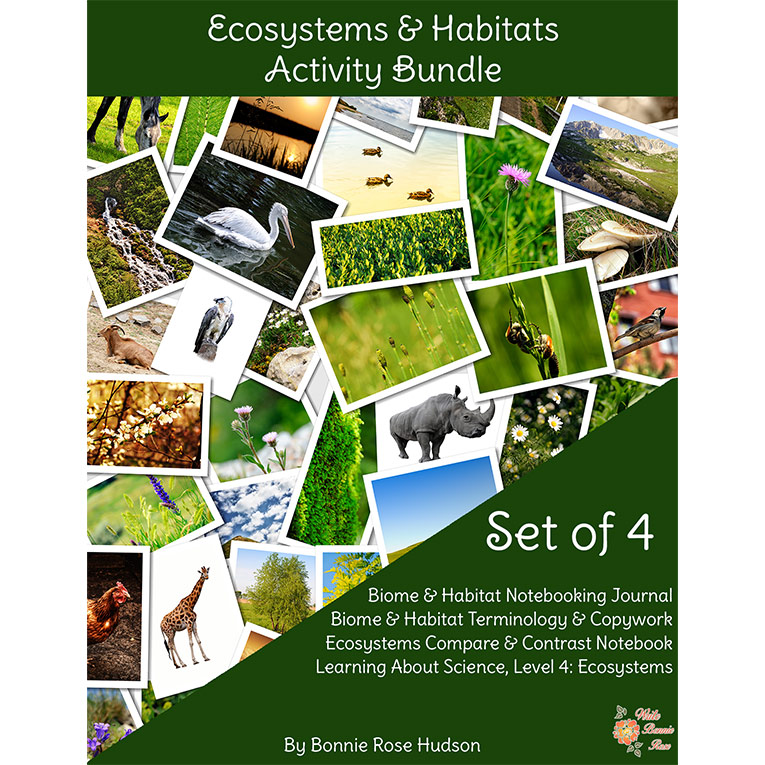
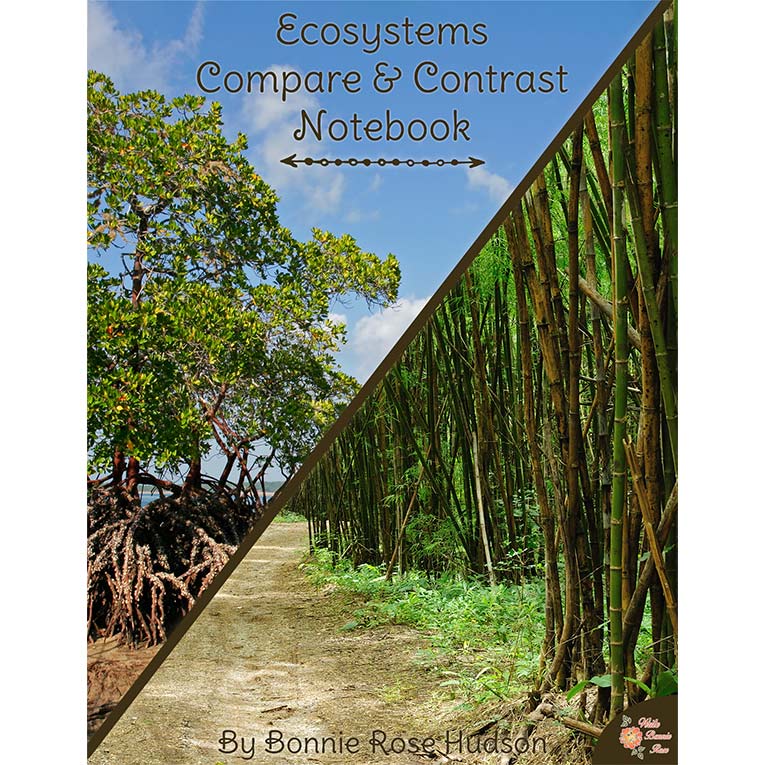
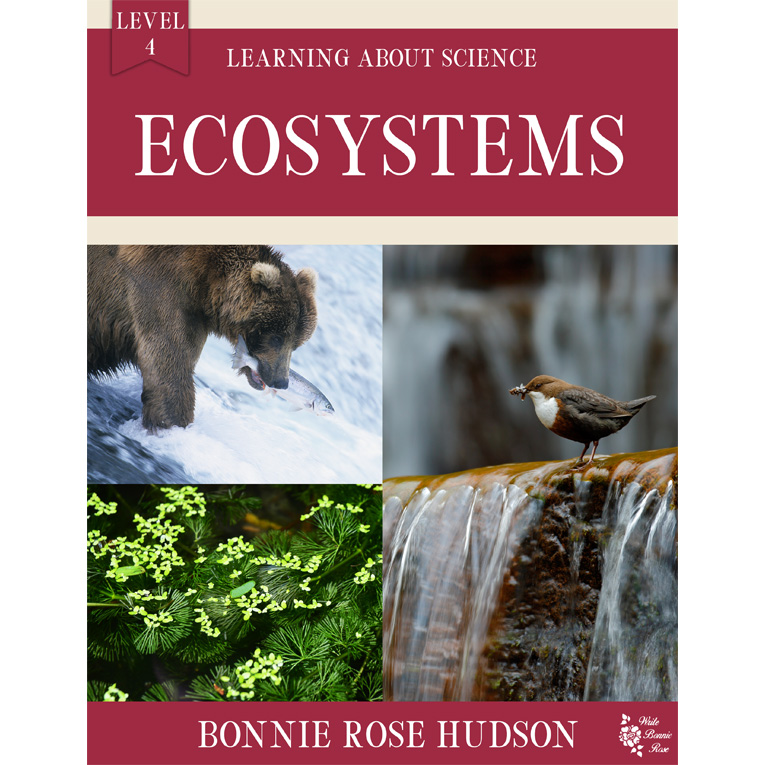
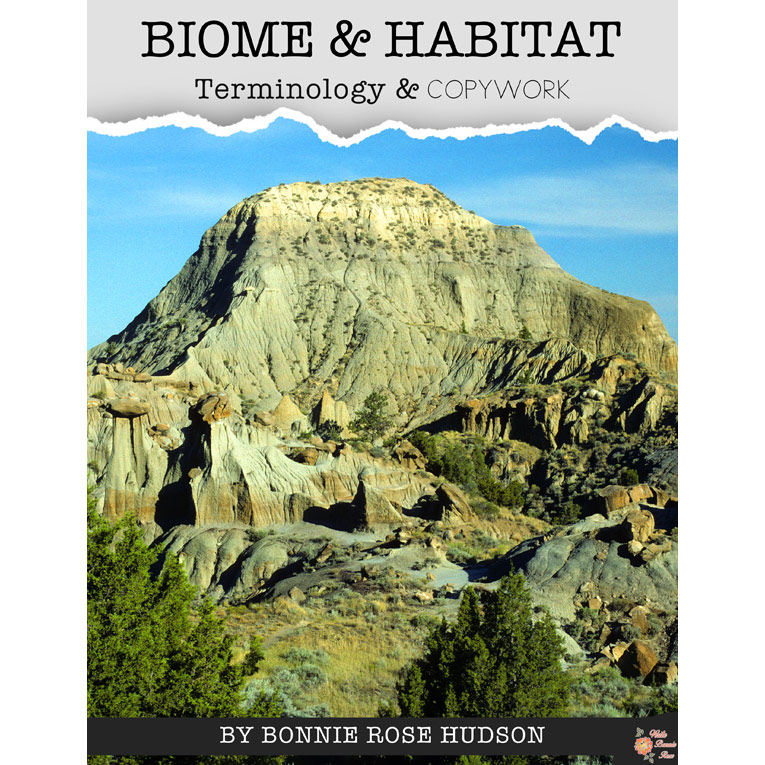

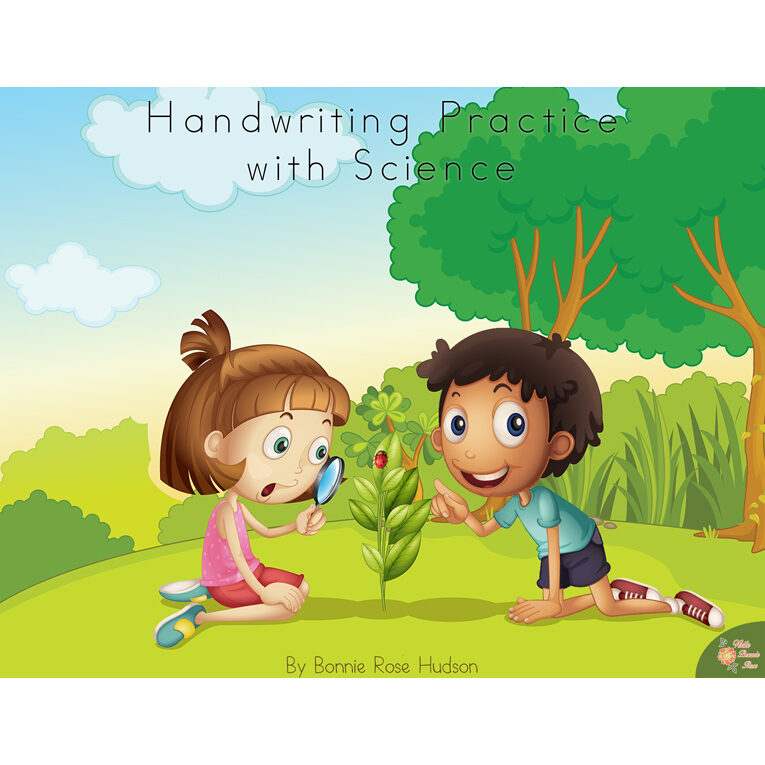
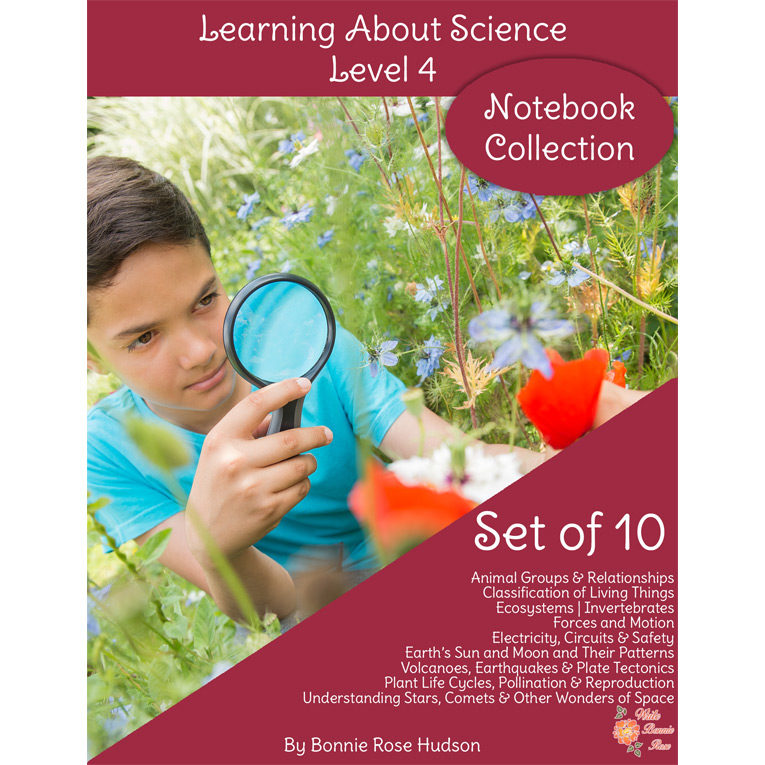
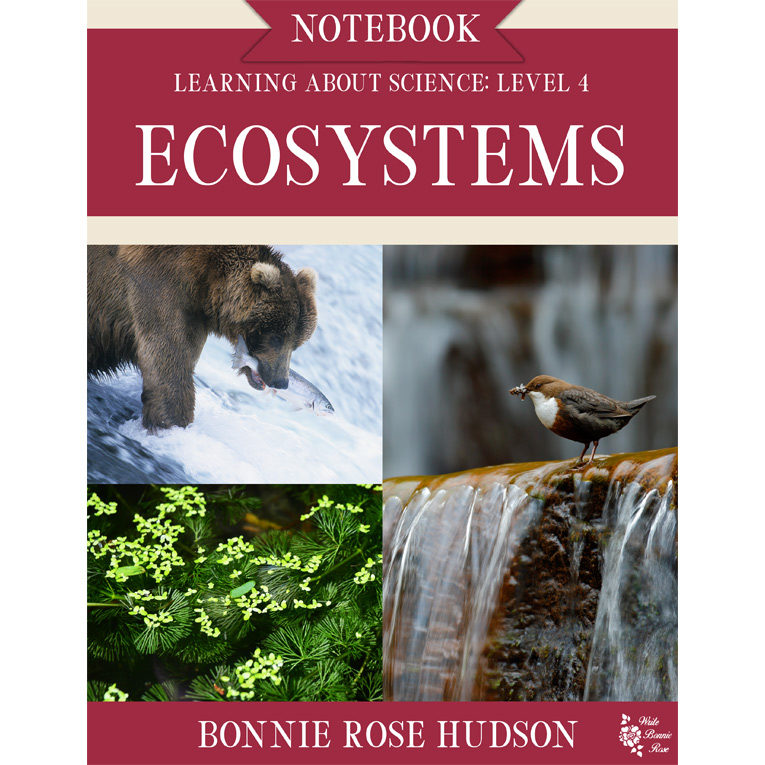
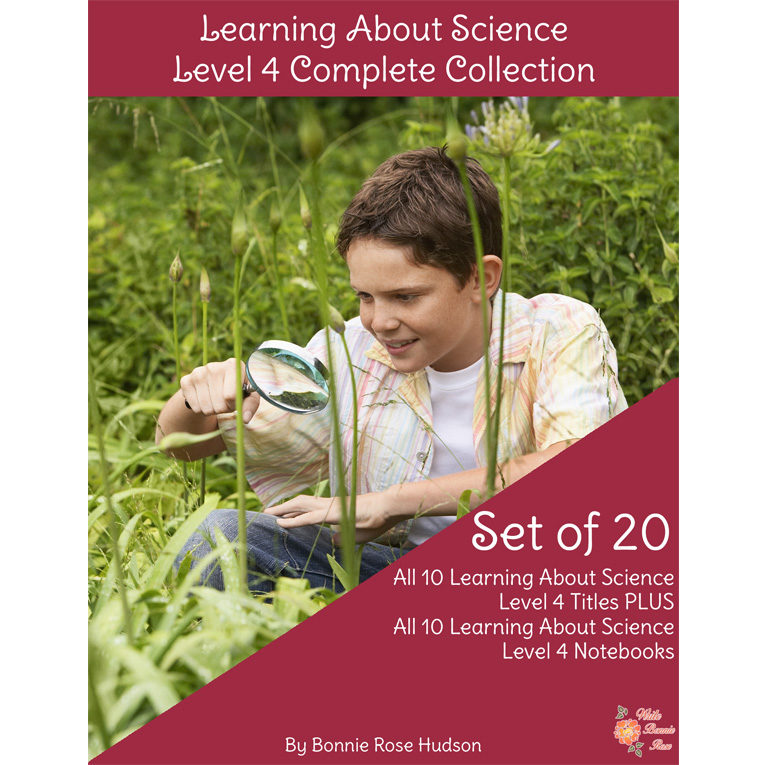
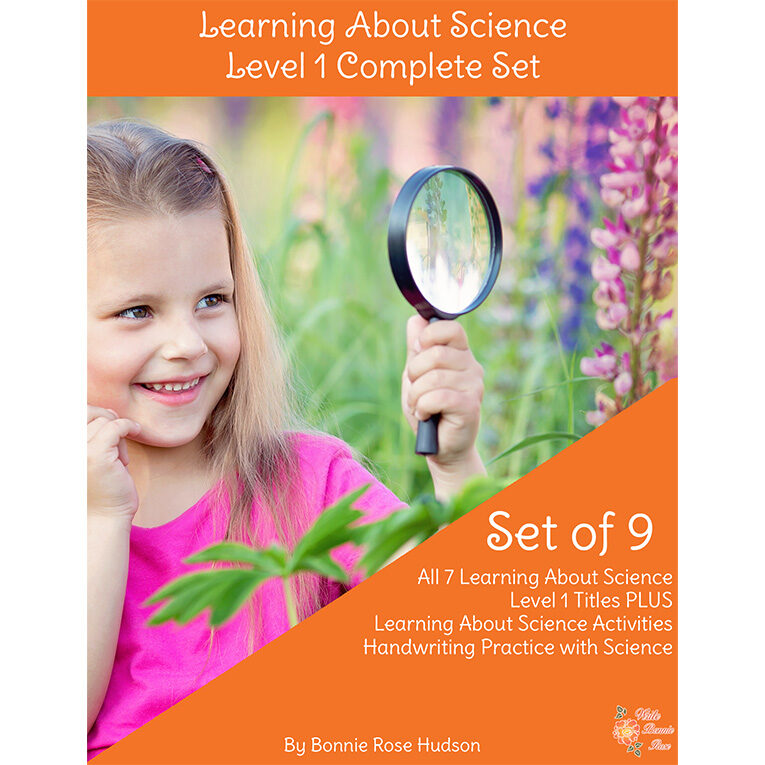
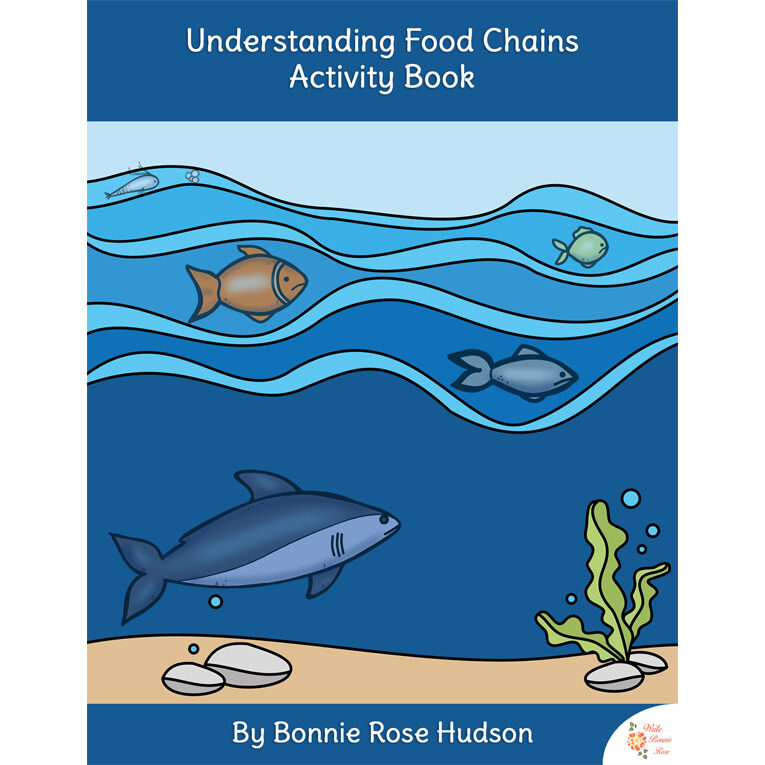
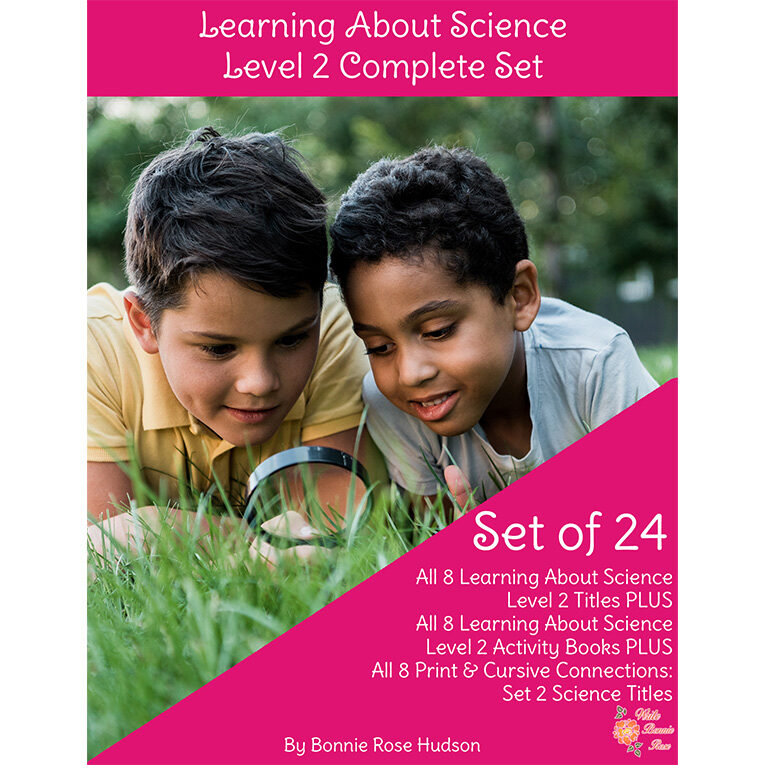
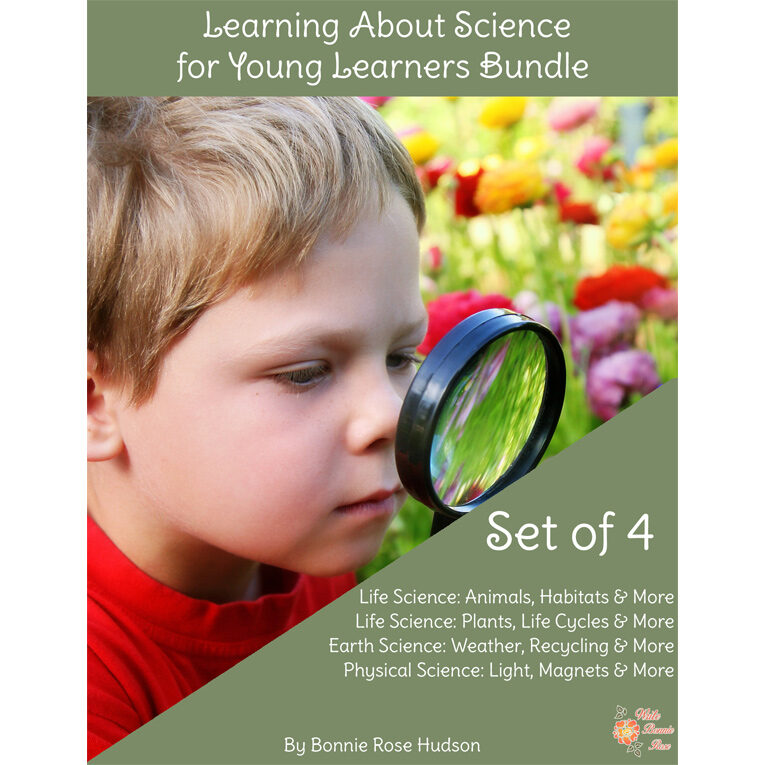
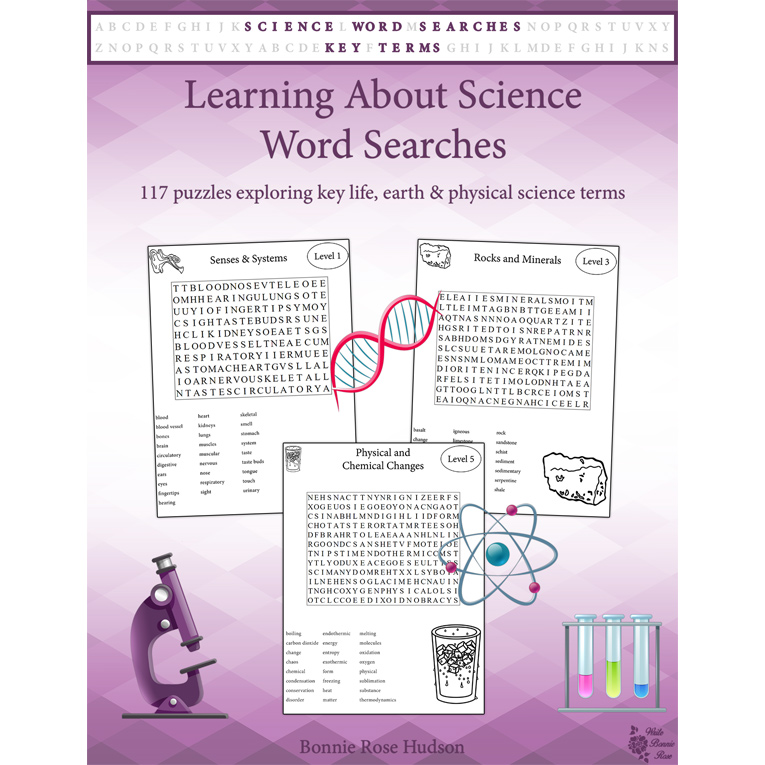
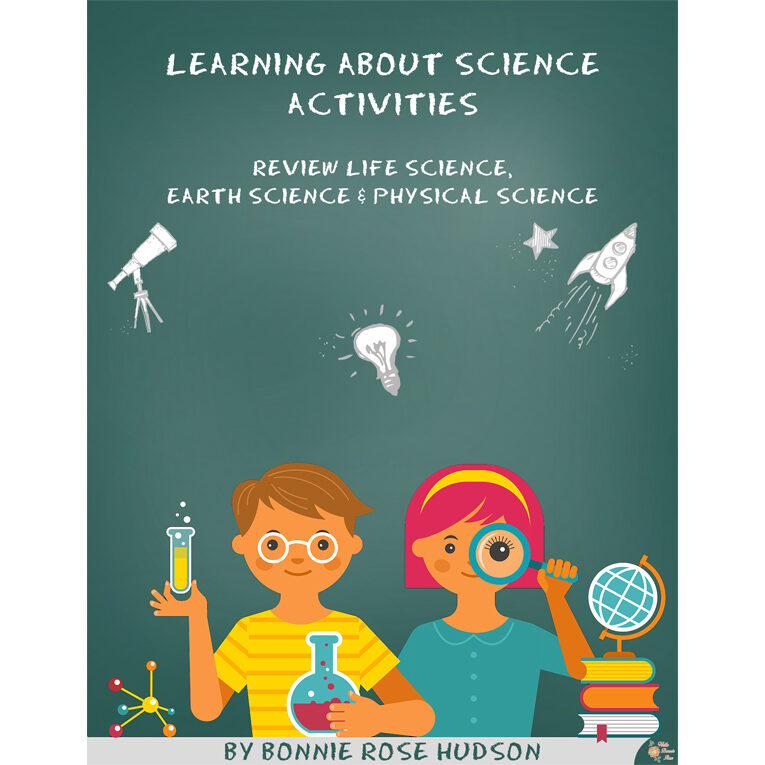
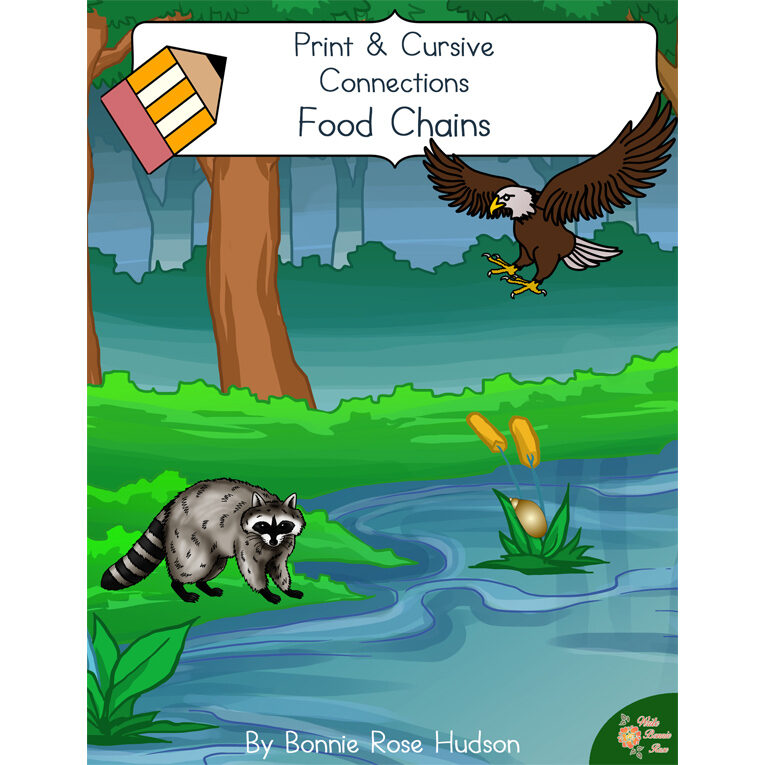
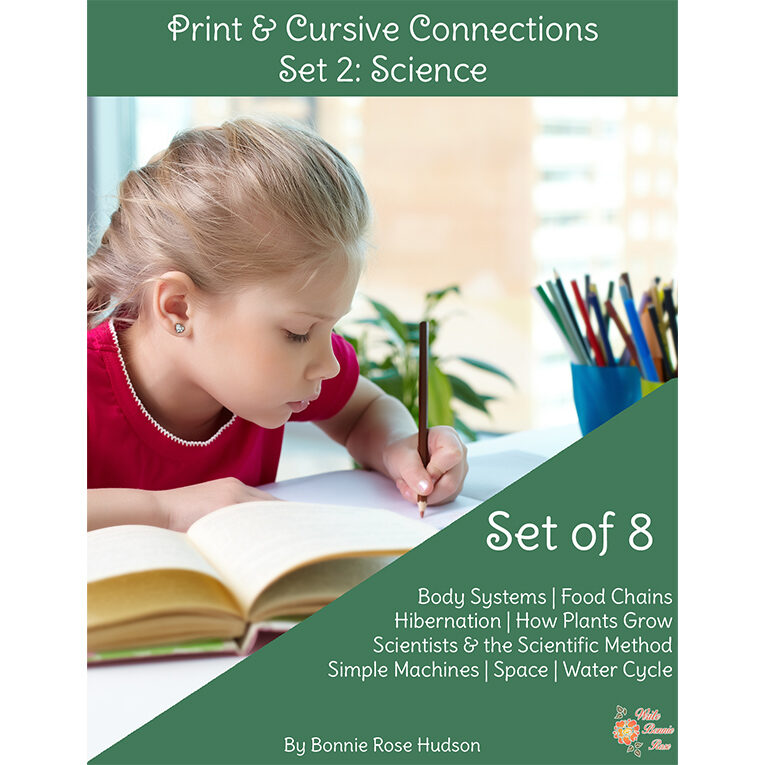
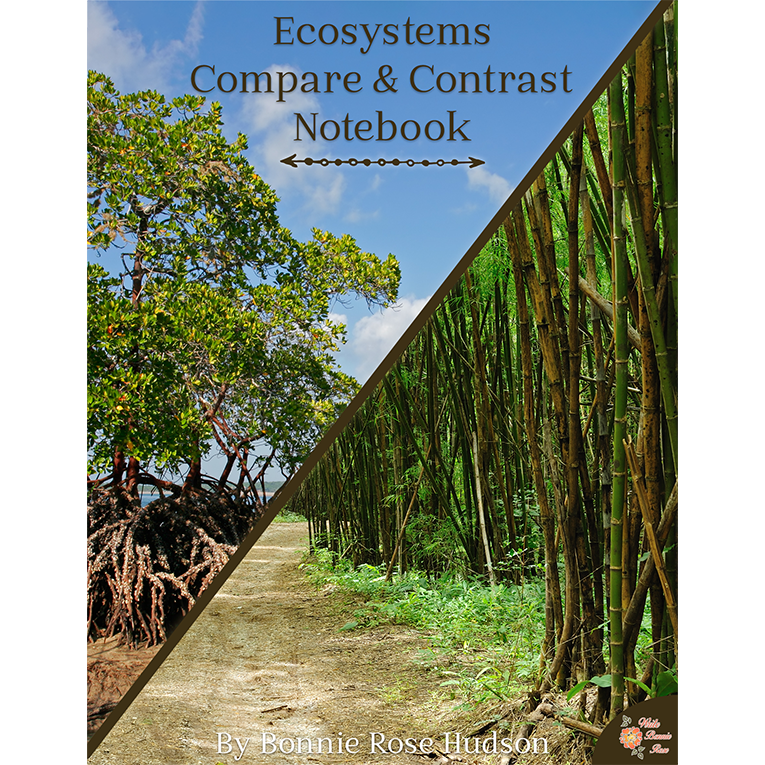
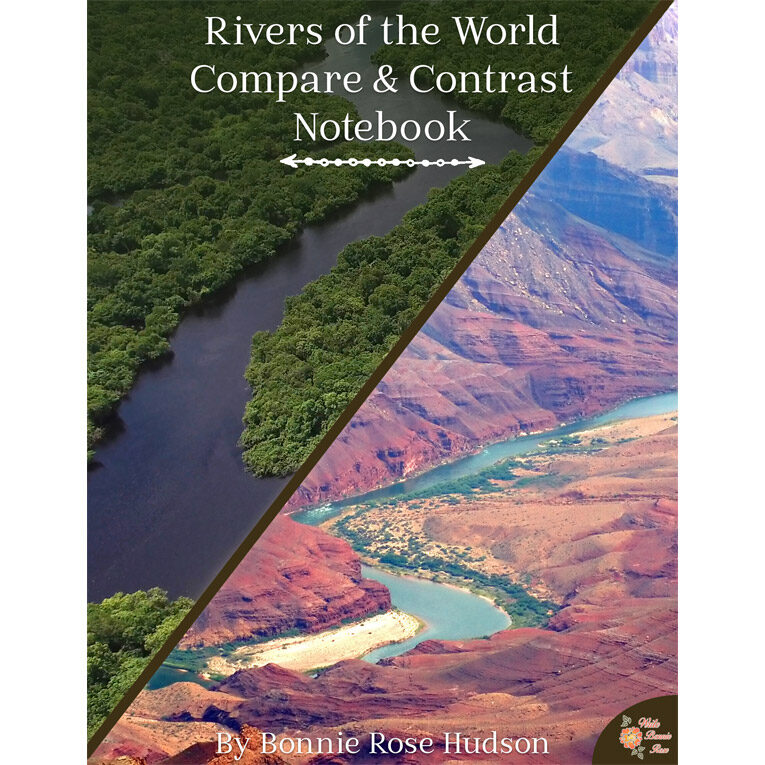
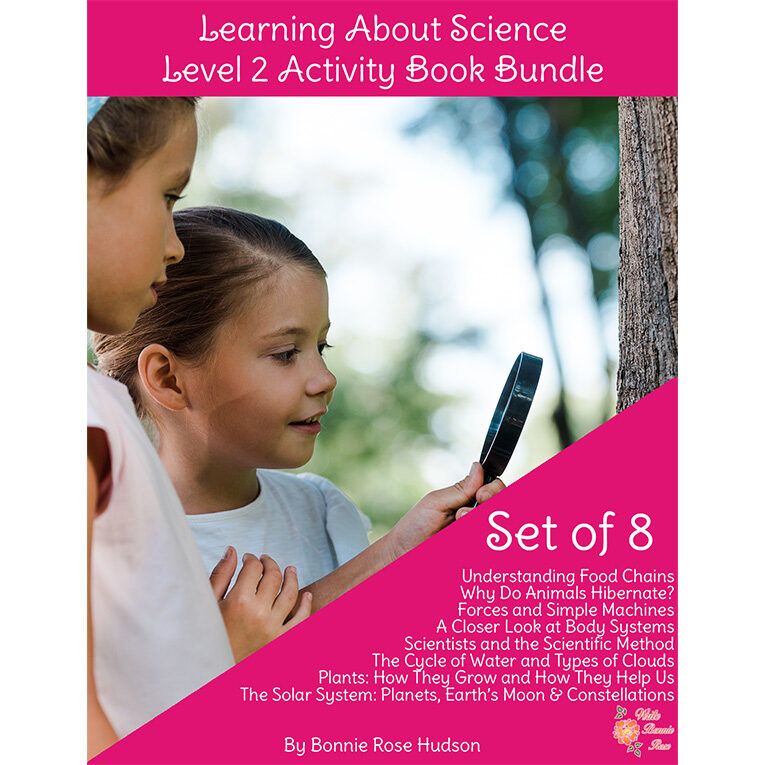
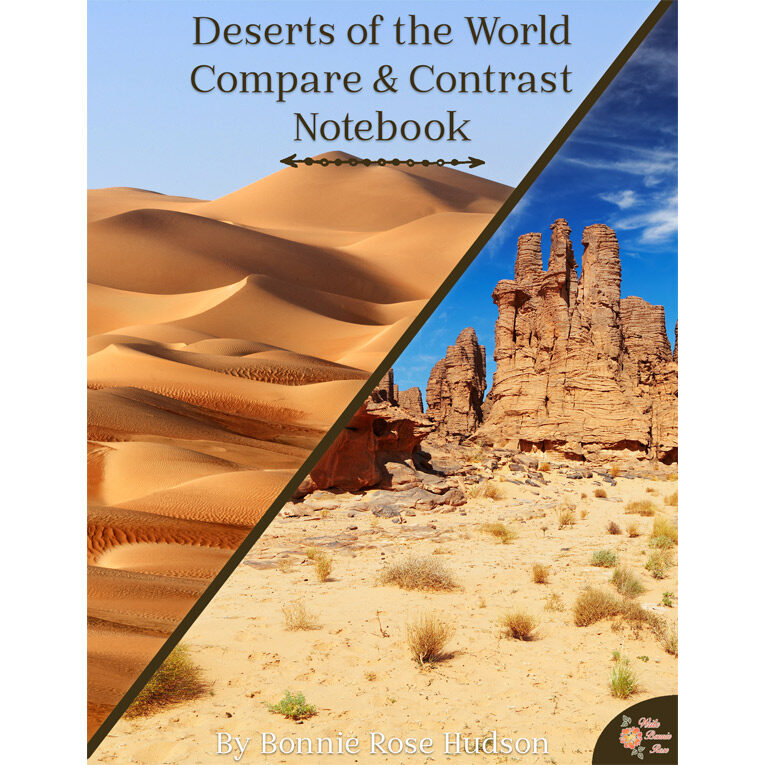
Reviews
There are no reviews yet.